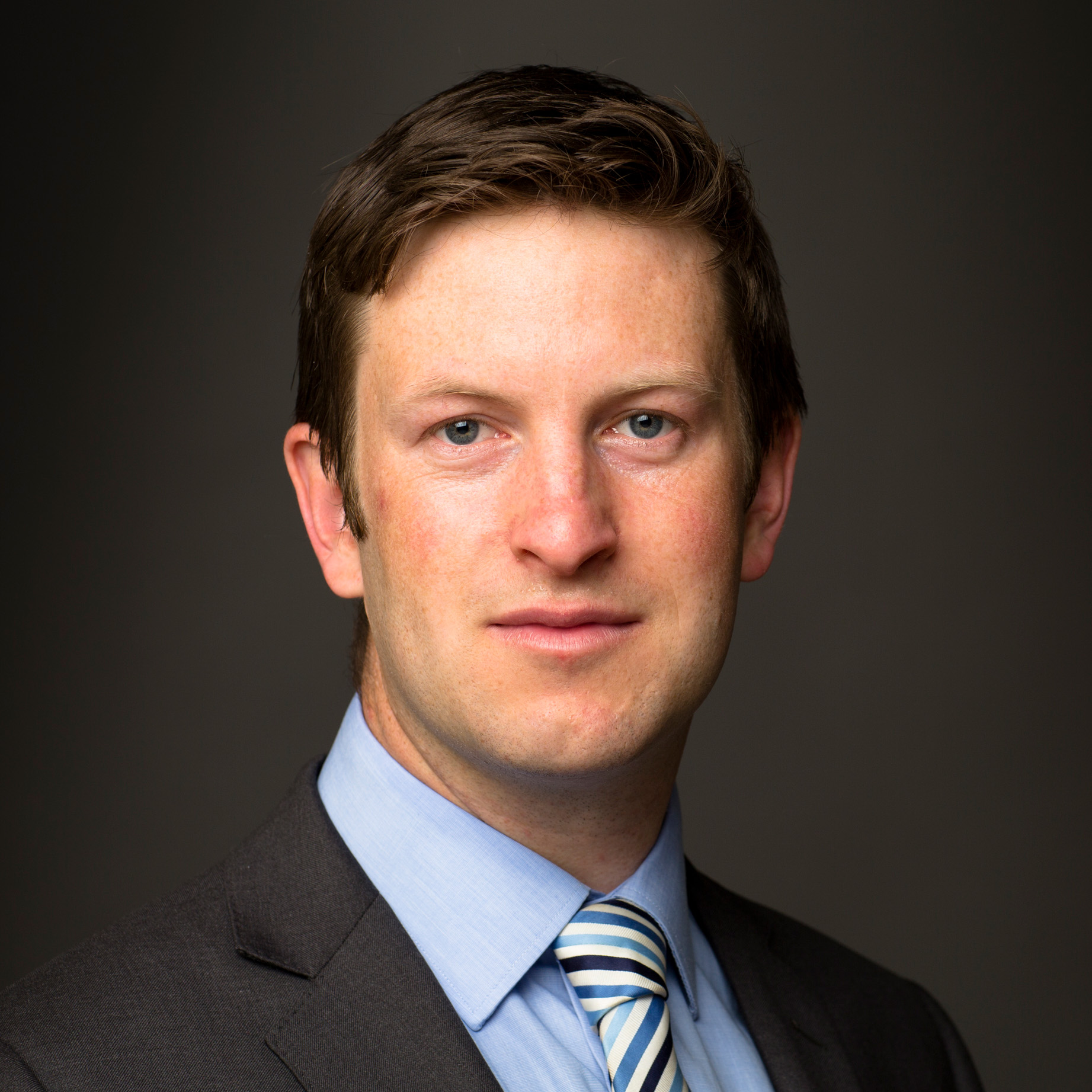Irish Product Liability Update – Proof in excessively difficult cases – April 2023
Will the proposed directive help claimants in “excessively difficult” cases?
The proposed new directive on liability for defective products, to replace the 1985 directive which has been part of Irish law since 1991, includes measures intended to assist injured persons to bring claims where it may be excessively difficult to prove liability, such as in medicines or medical device cases. That proposal is likely to be controversial, as explained below.
Limited impact of 1985 Directive
Most Irish lawyers acting for injured persons see the 1985 Directive as an add-on, rather than an improvement, to the common law tort of negligence in most instances. This is because claimants in Ireland can seek discovery of documents from defendants, and can bring experts to court to support negligence claims. In contrast, in most other EU countries, there is no discovery of documents and only the court may call experts to give opinions on technical issues. So the 1985 directive does not strengthen Irish claimants’ rights significantly in most cases.
Vaccine case
In some difficult medicines and medical devices cases however, Irish claimants’ lawyers have used the 1985 directive to attempt to establish “no-fault” product defect under the directive. Usually these efforts have been unsuccessful. There are two reasons for this. As with negligence, claimants have to show that the product caused their injuries. That can be difficult where a claimant alleges unusual side-effects, or if the claimant has existing health problems with similar symptoms to those alleged in the case. Also, the so-called development risks defence in the directive excludes liability where a manufacturer can show that given the state of scientific and technical knowledge, the existence of the defect could not have been discovered when the product was put on the market.
In an Irish vaccine case, for example, the claimants had suffered narcolepsy as a result of taking a vaccine, the claimants sought to prove that the vaccine did not provide the safety which a person is entitled to expect, taking all circumstances into account (which is the test under the 1985 directive). However, extensive discovery and other evidence did not reveal any “defect” in the development, manufacture and testing of the vaccine, and there was clear evidence to show that when the vaccine was put on the market, the narcolepsy link to the vaccine risk was unknown to science, and therefore there was no ground for liability under the directive against the manufacturer.
Easing the burden of proof
The main proposed changes in the new directive relevant to manufacturers is an easing of the burden of proof for claimants. The proposal aims to do this in three principal ways.
First, the proposal introduces disclosure of evidence (in effect, discovery). This would have no additional effect in Ireland as the Irish courts already have discovery. However, the proposal does provide that should a defendant fail to disclose relevant evidence, the product will be presumed to be defective.
Second, the product will be presumed to be defective if the claimant can show that the product does not comply with mandatory safety requirements laid down in EU law or national law that are intended to protect against the risk of the damage that has occurred. Mandatory safety rules are becoming more common, so lawyers acting for claimants will investigate whether relevant mandatory rules were breached.
The third, and most significant, proposed change intended to assist claimants would apply where a court concludes that a claimant faces “excessive difficulties, due to technical or scientific complexity” and if there is sufficiently relevant evidence that the product contributed to the damage and that it is likely that the product was defective or that its defectiveness was a likely cause of the damage or both. In those circumstances, the court would presume that the product was defective or that the product caused the damage, or both. The onus would then be on the defendant to rebut the presumption(s).
The drafting of this provision is unclear however. Indeed, having to show that it is likely that the product was defective having “contributed to the damage”, or that its defectiveness was a likely cause of the damage or both, seems to amount to the same test required to establish liability under the 1985 directive.
Luxembourg’s view on evidence
However, judgments from the Court of Justice of the European Union (CJEU) may throw light on the drafter’s intention. In particular, in 2017, the CJEU held in a case that where scientific evidence did not sufficiently support a claimant’s case alleging serious injury from a vaccine, it would nonetheless be inconsistent with the objectives of the 1985 directive to exclude other sufficiently serious, specific and consistent methods of proof permitted by a national court to support the claim, as otherwise it would be excessively difficult for claimants to prove their cases. In such cases, even in the absence of scientific consensus, a defect in the product could be the most plausible explanation for the occurrence of the damage. The court stressed, however, that the claimant bears the onus of proof for all elements of the claim.
This and other case law of the CJEU have shown that the court recognises that whilst in some cases claimants may face difficulties in demonstrating scientific or technical proof, other authoritative evidence may be sufficient to support a plausible claim under the 1985 directive.
What does the proposal mean?
In light of the comments of the CJEU about the difficulties facing claimants in some cases, the proposed directive’s presumptions to ease the burden of proof where a claimant faces “excessive difficulties, due to technical or scientific complexity” may be intended to apply where the claimant can refer to other evidence in asserting that a claim is plausible. Presumably such evidence would have to be sufficiently serious, specific and consistent, given the comments of the CJEU referred to above. Anything less could lead to highly questionable, and indeed dubious theories, being used in court, and would be unfair to defendants. The intended meaning of the proposal should be clarified by the EU Commission.
Other aspects of the proposed directive
- Digital products and digital services necessary for products to function, including updates of software and AI systems, will be included in the liability scheme;
- Liability rules for products in the circular economy, such as remanufactured and refurbished equipment, are also set out;
- The proposed directive strengthens rules to protect consumers regardless of whether the product was manufactured inside or outside of the EU. Online market places and intermediate sellers could also be liable under the proposal in specified circumstances;
- The “long stop” limitation period to pursue a claim is extended from 10 years to 15 years in claims involving latent or slow-to-emerge personal injury. This means that in cases where an injured person did not initiate proceedings within 10 years of the relevant product being placed on the market because he did not know of the injury (a slow-growing cancer, for example), the injured person’s rights would be extinguished after 15 years under the proposed directive.
Manufacturers who wish to make submissions about the draft directive should note that the Department of Enterprise, Trade and Employment has opened a public consultation on the proposal. The closing date for receipt of submissions is 5 pm on Thursday, 27 April 2023 and respondents have been asked to make their submissions by email to conspol@enterprise.gov.ie. For further information please speak with your usual McCann FitzGerald LLP contact or one of the authors.
McCann FitzGerald LLP ©
This document has been prepared by McCann FitzGerald LLP for general guidance only and should not be regarded as a substitute for professional advice. Such advice should always be taken before acting on any of the matters discussed.





Select how you would like to share using the options below